当前位置:网站首页>Implementation of AVL tree
Implementation of AVL tree
2022-07-07 07:05:00 【Chen San】
List of articles
Binary search tree
Introducing AVL Before the tree , Everyone should know binary search tree , actually AVL The tree is improved on the basis of binary search tree .
This picture is a binary search tree , It's not hard to see , If the nodes of the left subtree are smaller than the root node , The nodes of the right subtree are larger than the root node , This is very efficient for query operations .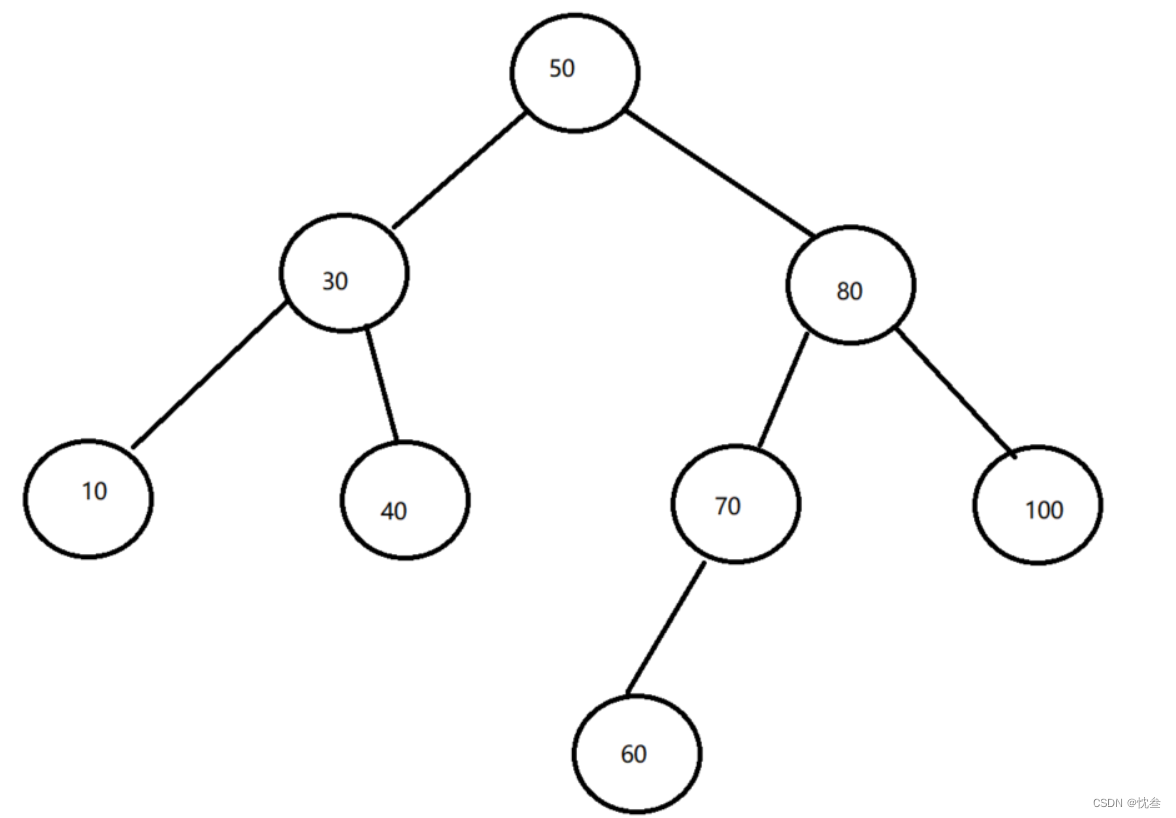
Binary search tree is also called binary sort tree , It could be an empty tree , Or a binary tree with the following properties :
- If its left subtree is not empty , Then the values of all nodes on the left subtree are smaller than the values of the root nodes
- If its right subtree is not empty , Then the value of all nodes on the right subtree is greater than the value of the root node
- Its left and right subtrees are also binary search trees
Use middle order traversal to traverse the tree , Is an ordered sequence ( Left root right )
Analyze the time complexity of binary search tree
When using binary search tree to search
The time complexity is O(logN), But this is the best case
Yes, yes. n A binary search tree of nodes , If the probability of finding each element is equal , Then the average search length of the binary search tree is a function of the depth of the node in the binary search tree , That is, the deeper the node , The more times you compare .
If the binary tree is a normal tree, the time complexity does not change , But if it is a single branch tree , Not so
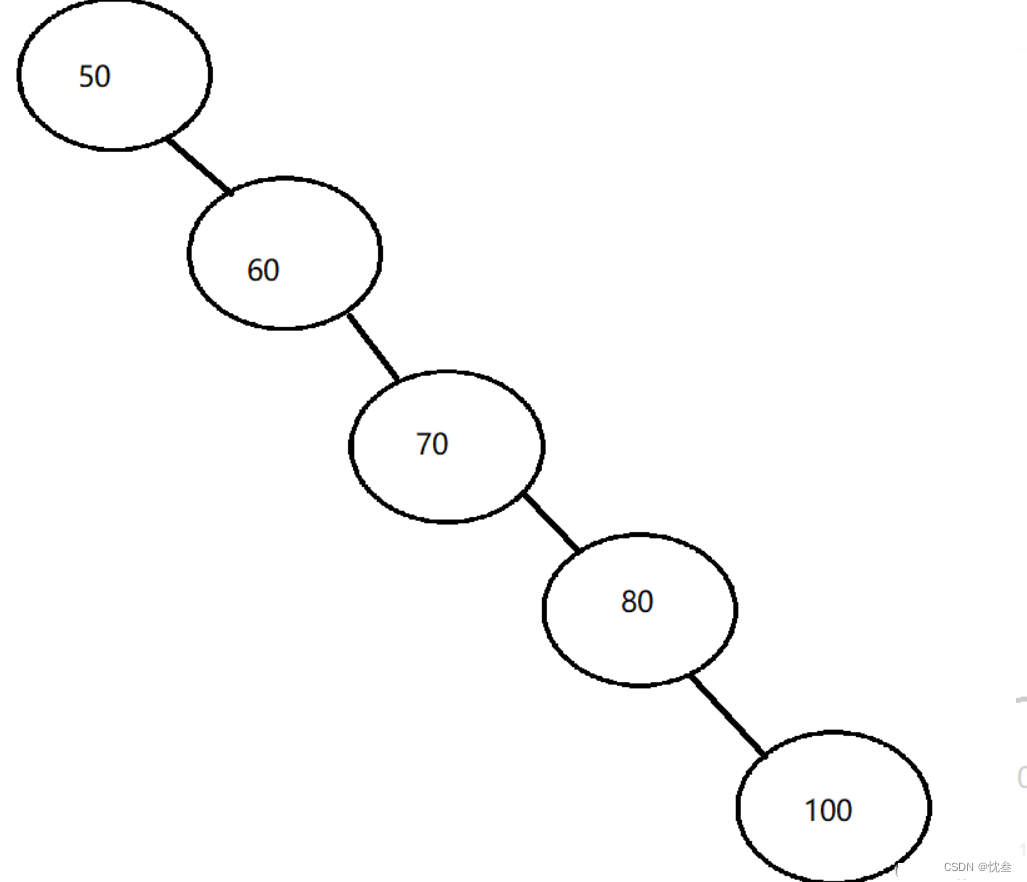
The average number of comparisons is : N/2
The average number of comparisons in the optimal case is log2N
Therefore, the improvement of binary search tree is to avoid the new inserted node becoming a single branch or a tree similar to a single branch ,
To what extent is it not similar to a single branch tree , Is to make a limit
Limit : When a new node is inserted into the binary search tree , If we can ensure that the absolute value of the height difference between the left and right subtrees of each node does not exceed 1( You need to adjust the nodes in the tree ), You can reduce the height of the tree , This reduces the average search length .
AVL Tree concept
Although binary search tree can shorten the search efficiency , However, if the data is ordered or close to ordered, the binary search tree will degenerate into a single branch tree , Finding elements is equivalent to searching for elements in the sequence table , inefficiency
therefore , Two Russian mathematicians G.M.Adelson-Velskii and E.M.Landis stay 1962 year A method for solving the above problems is invented :
When a new node is inserted into the binary search tree , If we can ensure that the absolute value of the height difference between the left and right subtrees of each node does not exceed 1( You need to adjust the nodes in the tree ), You can reduce the height of the tree , This reduces the average search length .
A tree AVL Trees or empty trees , Or a binary search tree with the following properties :
- Its left and right subtrees are AVL Trees
- The difference between the height of the left and right subtrees ( It's called equilibrium factor ) The absolute value of is not more than 1(-1/0/1)
Here we assume
Balance factor = Height of right subtree - Height of left subtree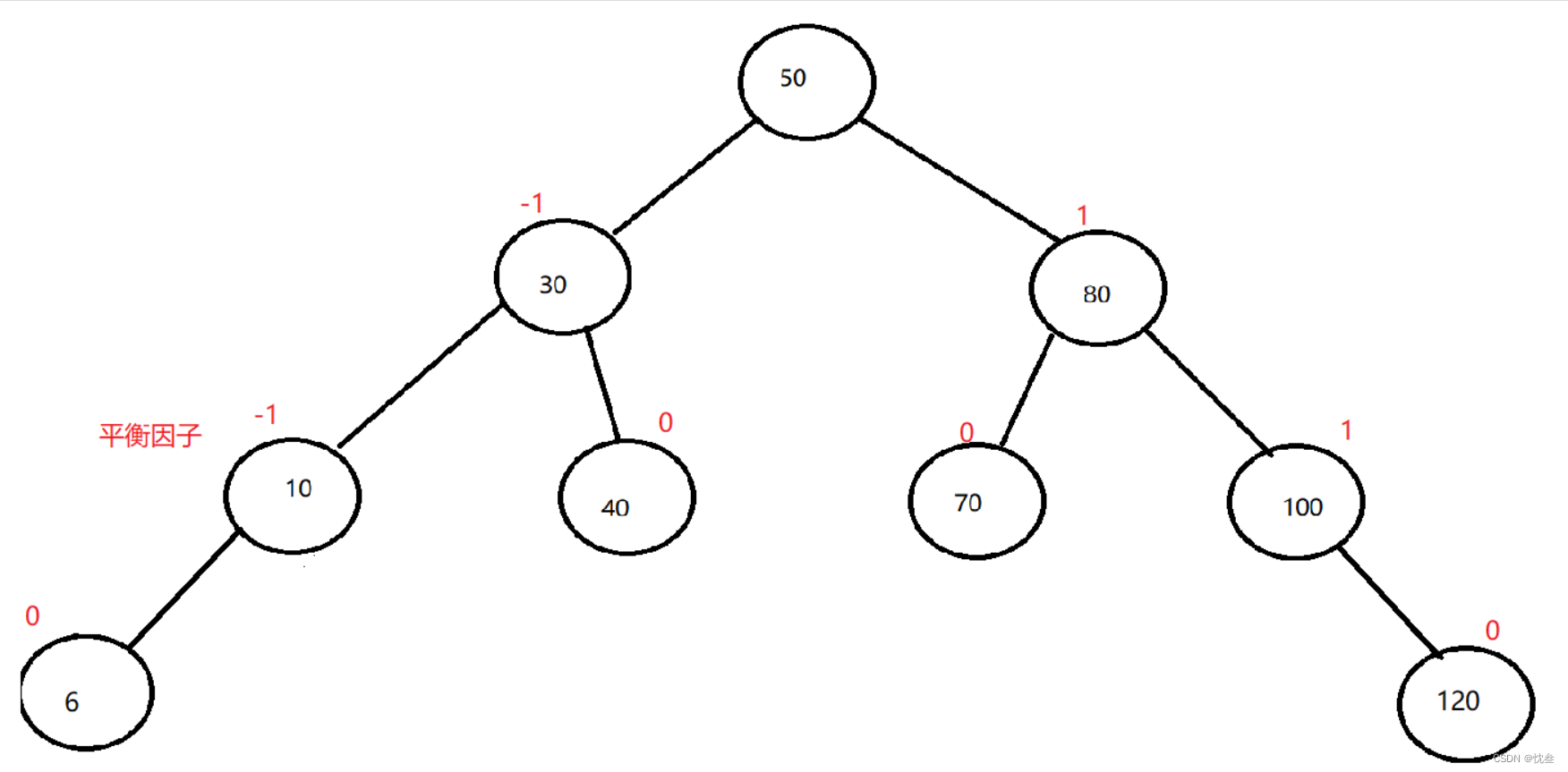
Each node has a balance factor , Once the value of the balance factor of a node exceeds the range, it is not AVL Trees , It should be adjusted at this time , Just like big and small piles , In the process of inserting, ensure that the size of the heap , You need to adjust downward .
AVL Insertion of trees
actually AVL The insertion of trees is troublesome , Insert on the basis of binary search tree 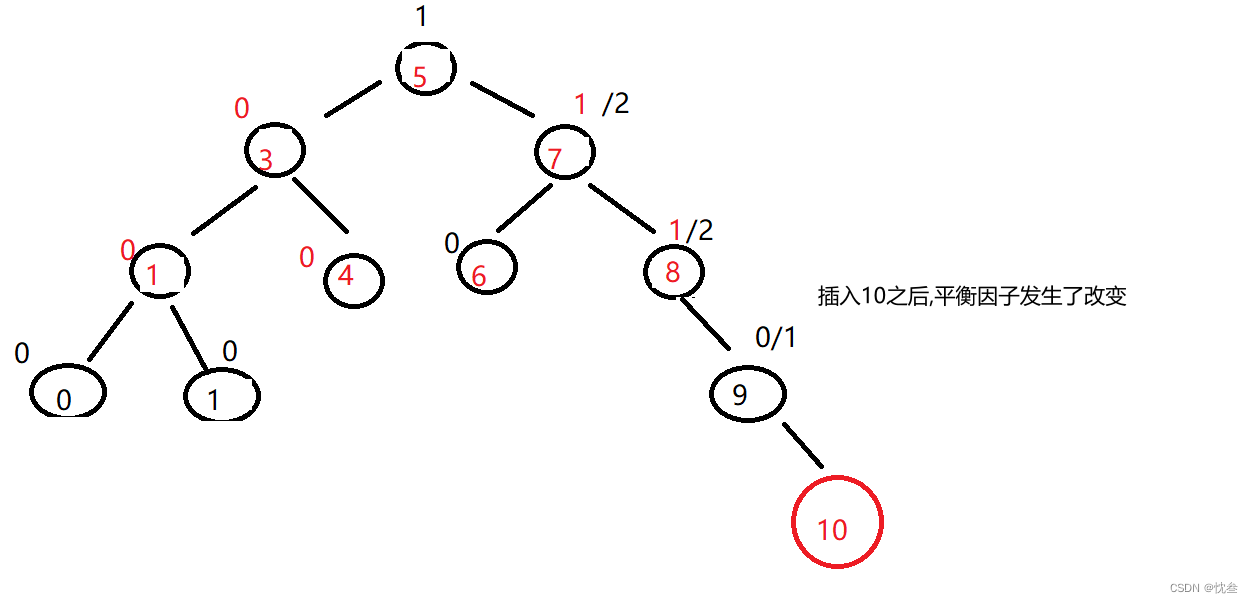
Let's analyze first , Suppose the inserted node val yes 10 This is the time , Equivalent to inserting into AVL The rightmost side of the tree , here 9 The equilibrium factor of ++,8 The equilibrium factor of ++, But in order to 8 The binary tree with the root node is not highly balanced , So we need to do rotate !!!
First, construct a AVL Trees
public class AVLTree {
static class TreeNode {
public int val;
public int bf; // Balance factor
public TreeNode left;
public TreeNode right;
public TreeNode parent;
public TreeNode(int val) {
this.val = val;
}
}
public TreeNode root;// The root node
The specific code inserted is implemented
public boolean insert(int val){
TreeNode parent = null;
TreeNode node = new TreeNode(val);
if(root == null){
root = node;
return true;
}
//root Not empty , It's not the first time to insert
TreeNode cur = root;
while(cur != null){
if(cur.val < val){
parent = cur;
cur = cur.right;
}else if(cur.val == val){
return false;
}else{
parent = cur;
cur = cur.left;
}
}
// After walking here ,cur = null, At this time, the insertion place is also found
if(parent.val < val){
parent.right= node;
cur = node;
}else{
parent.left = node;
cur = node;
}
// Two way direction
node.parent = parent;
// Finished inserting , You need to check the balance factor of relevant nodes , It is found that the balance factor of a node is incorrect , You need to rotate , And check upwards
while(parent != null){
if(cur == parent.left){
parent.bf--;
}else{
parent.bf++;
}
// Check whether the current balance factor meets
if(parent.bf == 0){
// Because from parent Let's insert ,parent.bf It is most likely that dissatisfaction will lead to chain, leading to dissatisfaction above , If it is satisfied, there is no need to check up
break;
}else if(parent.bf == 1 || parent.bf == -1){
// The current is to meet , But the upward check is not necessarily satisfied
cur = parent;
parent = cur.parent;
}else{
// At this point is not satisfied , Rotate directly , But I don't know which way to turn , We need to judge again
if(parent.bf == 2){
//parent.bf = 2, The description is the height of the right subtree of this node , Need to turn left , Then why should we judge again cur Well ???
// When we get here ,bf = 2, Illustrate this parent Here is the right node , There must be a node under the right node cur, Otherwise, it cannot be 2
// however cur We don't know whether your child is left or right , This also needs to be discussed
if(cur.bf == 1){
//cur My child is right , left-handed
rotateLeft(parent);
}else{
//cur.bf = -1 Right hand
rotateRL(parent);
}
}else{
//parent.bf = -2; The height of the left tree needs to be reduced
if(cur.bf == 1){
rotateLR(parent);
}else{
rotateRight(parent);
}
}
break;
}
}
return true;
}
There are several situations about insertion , The situation that affects the balance factor is also different
This is in the cur Insert... To the right of the , The solution is left single rotation , because parent and cur The equilibrium factors of are all of the same number , Just one single spin 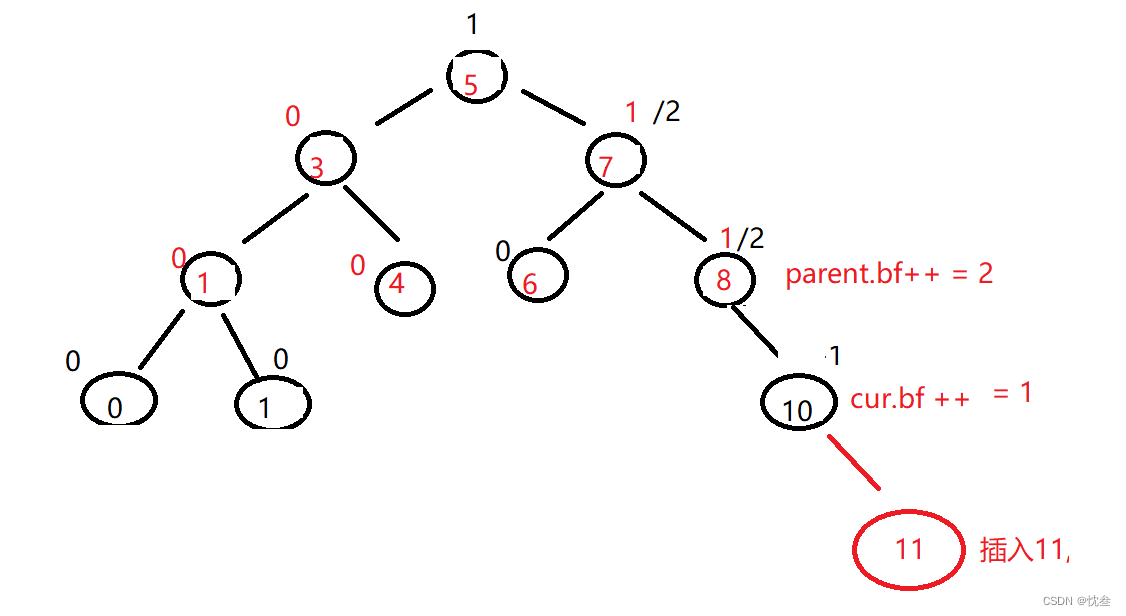
This is in the cur Insert... To the left of , The solution is right left double spin , because parent and cur The equilibrium factors of are all different , First right , But this right-handed node is not parent, It is parent.left
Turn left again parent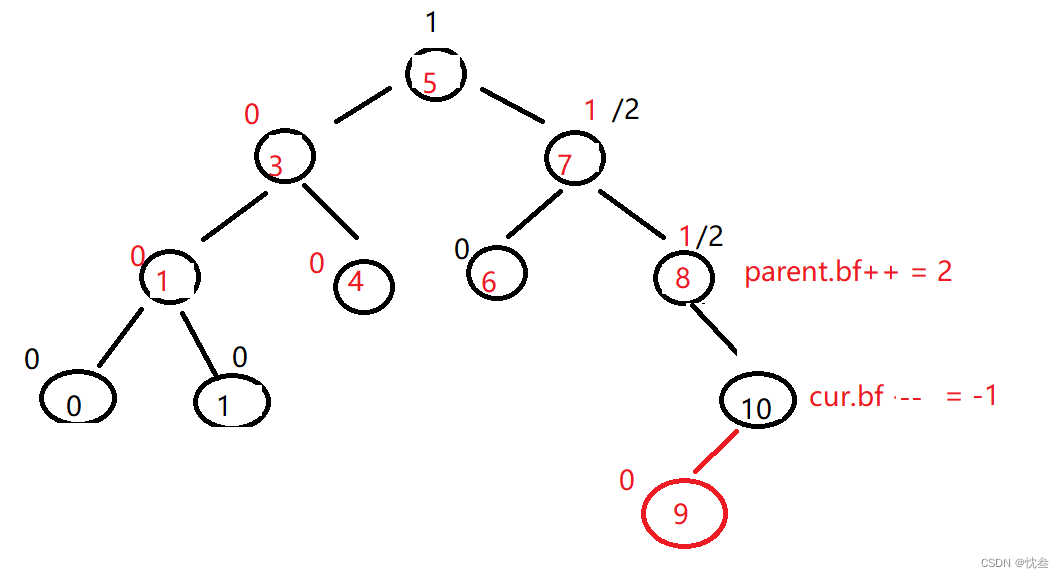
such parent.bf = -2, But from this, it can be divided into cur.bf = 1 perhaps -1, If the same number is introduced above, we can directly carry out a single rotation , And it can be right-handed , This situation is left-right double rotation 
This is a single right rotation 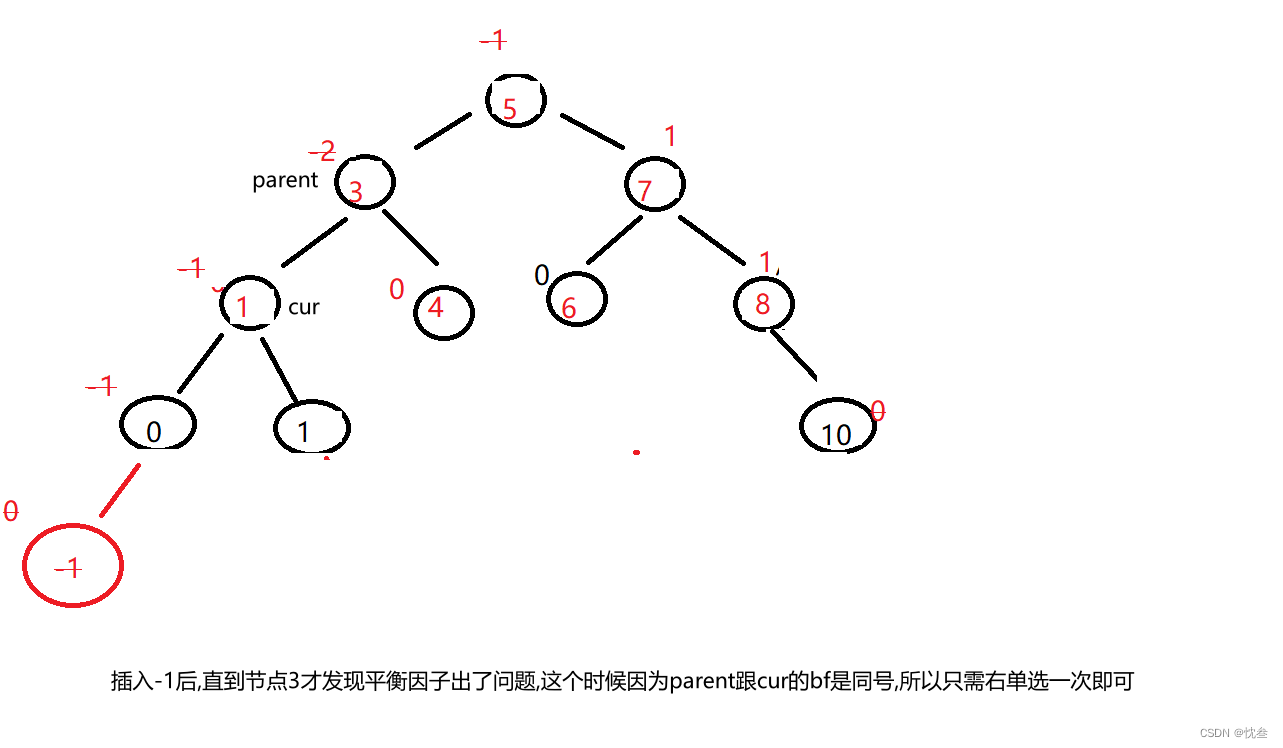
Left single spin code
public void rotateLeft(TreeNode parent) {
TreeNode subR = parent.right;
TreeNode subRL = subR.left;
parent.right = subRL;
subR.left = parent;
if (subRL != null) {
subRL.parent = parent;
}
TreeNode pParent = parent.parent;
parent.parent = subR;
if(root == parent){
root = subR;
root.parent = null;
}else{
if(pParent.left == parent){
pParent.left = subR;
}else{
pParent.right = subR;
}
subR.parent = pParent;
}
// After the rotation, I found , Of these two nodes bf All are 0
parent.bf = subR.bf = 0;
}
Right single spin code
public void rotateRight(TreeNode parent) {
// Right hand Reduce the height of the left tree
TreeNode subL = parent.left;
TreeNode subLR = subL.right;
parent.left = subLR;
subL.right = parent;
// First judge whether there is subLR
if (subLR != null) {
// stay AVL Tree species , Yes parent So there are two-way references , There is already parent.left = subRL, But there is still a need to back reference
// But we don't know subRL Existence does not exist , So we need to judge
subLR.parent = parent;
}
TreeNode pParent = parent.parent;
parent.parent = subL;
if (parent == root) {
root = parent;
root.parent = null;
} else {
if (parent == pParent.left) {
subL = pParent.left;
} else {
subL = pParent.right;
}
subL.parent = pParent;
}
parent.bf = subL.bf = 0;
}
Left and right double rotation code
public void rotateLR(TreeNode parent){
// First left and then right
TreeNode subL = parent.left;
TreeNode subLR = subL.right;
int bf = subLR.bf;
rotateLeft(parent.left);
rotateRight(parent);
if(bf == -1) {
subL.bf = 0;
subLR.bf = 0;
parent.bf = 1;
}else if(bf == 1){
subL.bf = -1;
subLR.bf = 0;
parent.bf = 0;
}
}
Right left double rotation
public void rotateRL(TreeNode parent){
// Right then left
TreeNode subR = parent.right;
TreeNode subRL = subR.left;
int bf = subRL.bf;
rotateRight(parent.left);
rotateLeft(parent);
if(bf == -1) {
subR.bf = 0;
subRL.bf = 0;
parent.bf = 1;
}else if(bf == 1){
subR.bf = -1;
subRL.bf = 0;
parent.bf = 0;
}
}
边栏推荐
- Answer to the first stage of the assignment of "information security management and evaluation" of the higher vocational group of the 2018 Jiangsu Vocational College skills competition
- 请问 flinksql对接cdc时 如何实现计算某个字段update前后的差异 ?
- 场馆怎么做体育培训?
- 精准时空行程流调系统—基于UWB超高精度定位系统
- 2018 Jiangsu Vocational College skills competition vocational group "information security management and evaluation" competition assignment
- libcurl返回curlcode说明
- AVL树的实现
- Problems and precautions about using data pumps (expdp, impdp) to export and import large capacity tables in Oracle migration
- 【NOI模拟赛】区域划分(结论,构造)
- 途家、木鸟、美团……民宿暑期战事将起
猜你喜欢
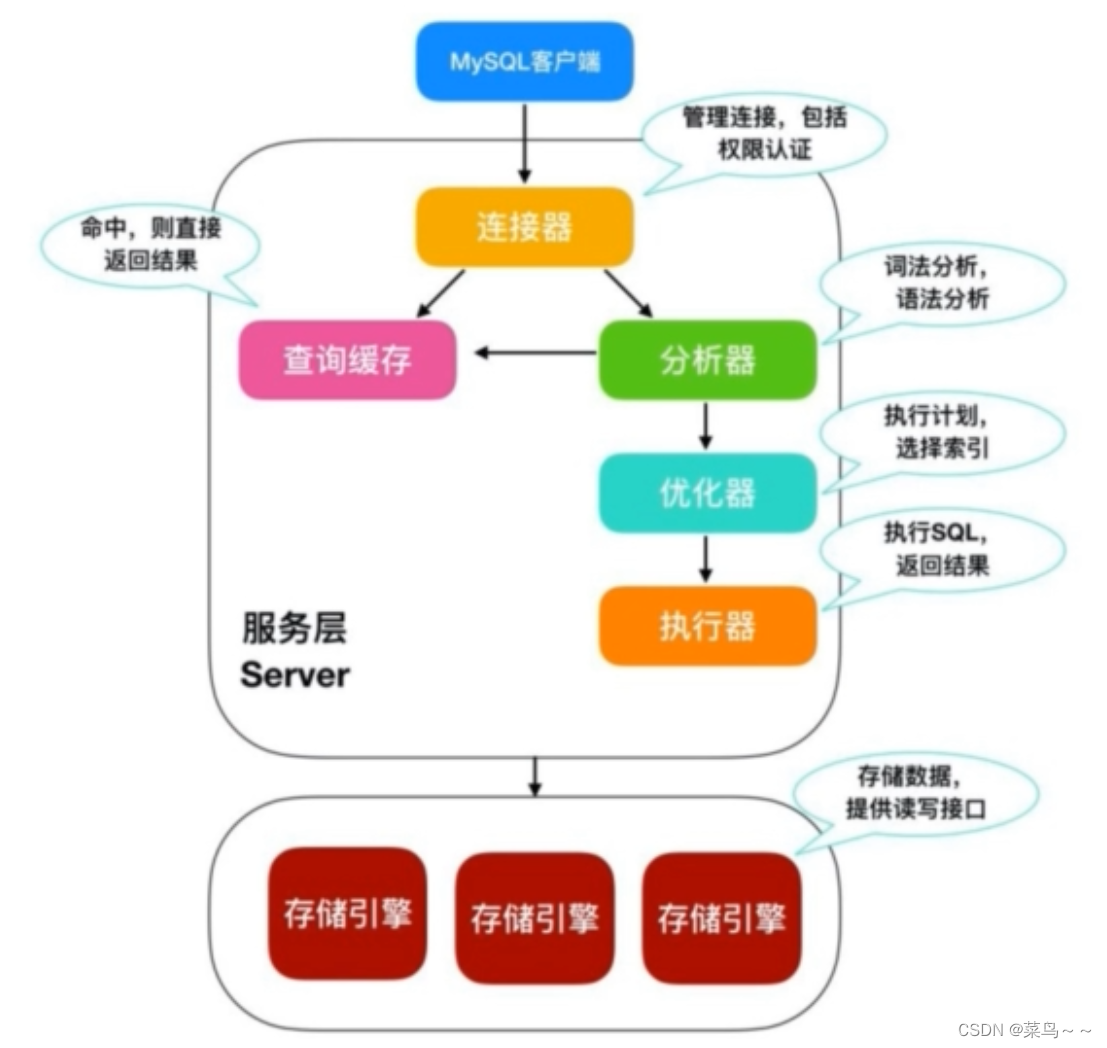
Complete process of MySQL SQL

Brand · consultation standardization

Graduation design game mall

一文带你了解静态路由的特点、目的及配置基本功能示例

unity3d学习笔记
![[GNN] graphic gnn:a gender Introduction (including video)](/img/b3/0855885dafa7afaa7375b8d2195974.png)
[GNN] graphic gnn:a gender Introduction (including video)
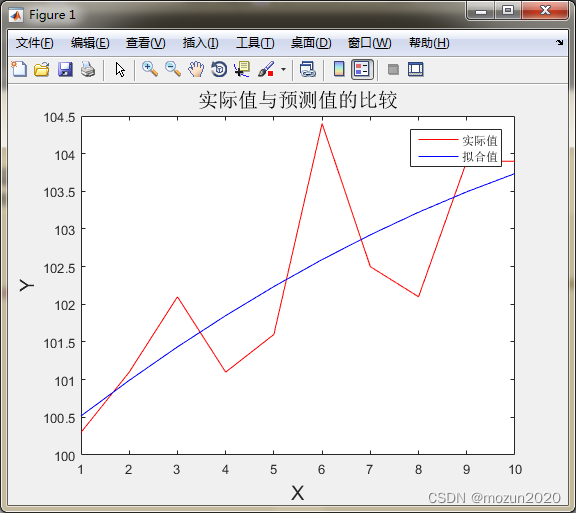
Matlab tips (29) polynomial fitting plotfit
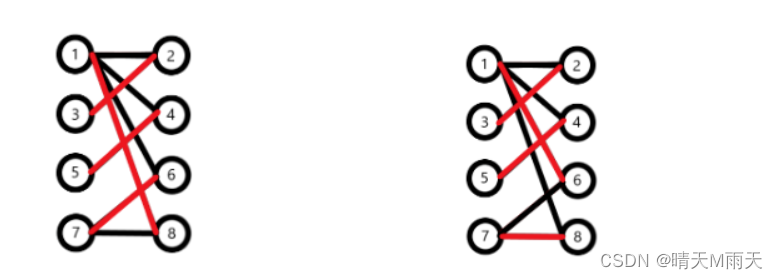
华为机试题素数伴侣

Composition API 前提

Four goals for the construction of intelligent safety risk management and control platform for hazardous chemical enterprises in Chemical Industry Park
随机推荐
ip地址那点事
Take you to brush (niuke.com) C language hundred questions (the first day)
JDBC database connection pool usage problem
FPGA课程:JESD204B的应用场景(干货分享)
LVS+Keepalived(DR模式)学习笔记
【JDBC以及内部类的讲解】
Answer to the first stage of the assignment of "information security management and evaluation" of the higher vocational group of the 2018 Jiangsu Vocational College skills competition
MySQL binlog related commands
大促过后,销量与流量兼具,是否真的高枕无忧?
2022/07/04学习记录
DHCP路由器工作原理
数据资产管理与数据安全国内外最新趋势
String (explanation)
DB2获取表信息异常:Caused by: com.ibm.db2.jcc.am.SqlException: [jcc][t4][1065][12306][4.25.13]
JWT的基础介绍
MySQL user permissions
Algorithm --- bit count (kotlin)
MOS管参数μCox得到的一种方法
Stack and queue-p79-10 [2014 unified examination real question]
main函数在import语句中的特殊行为